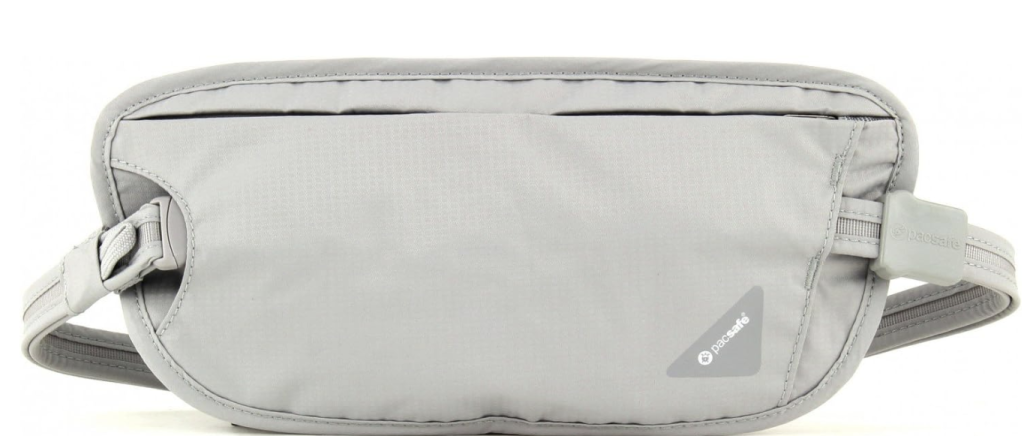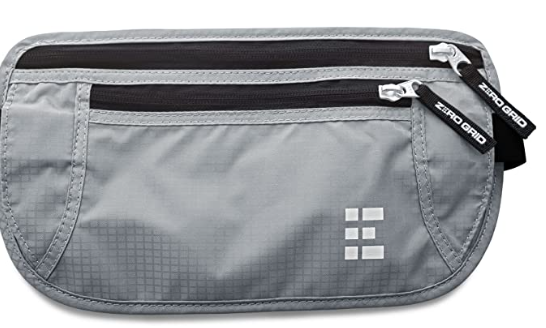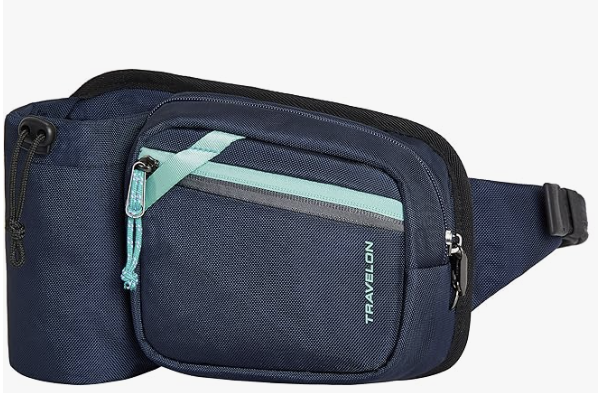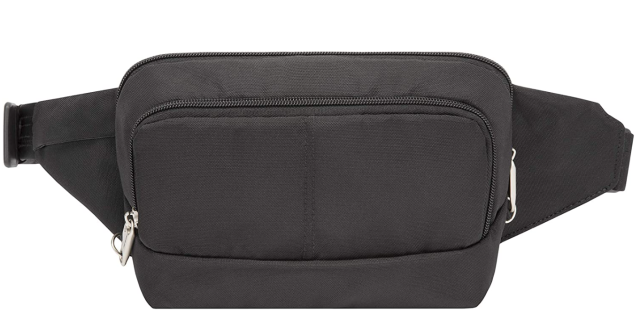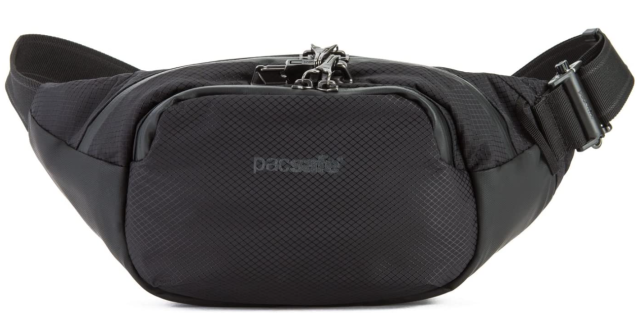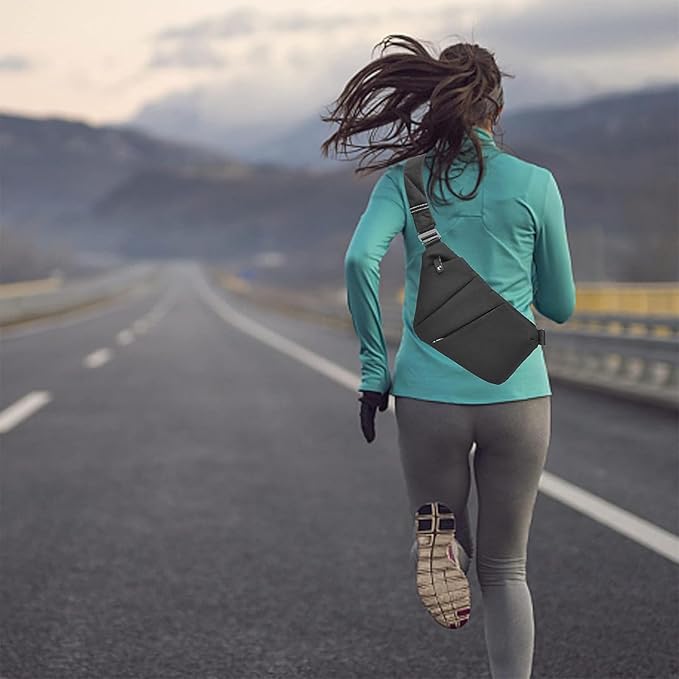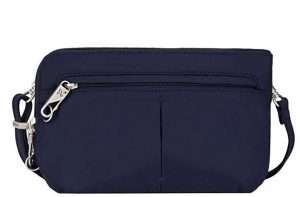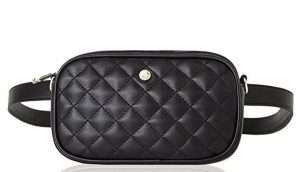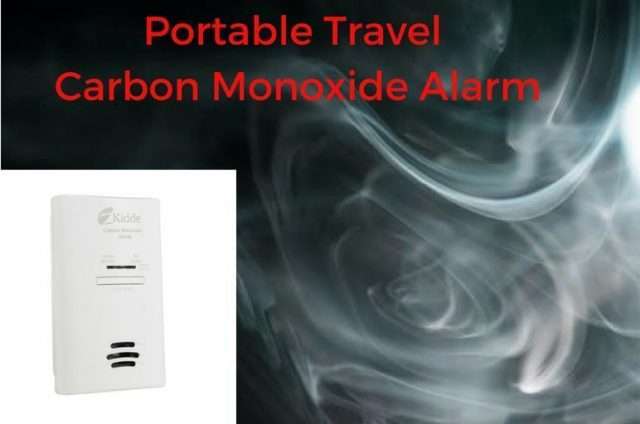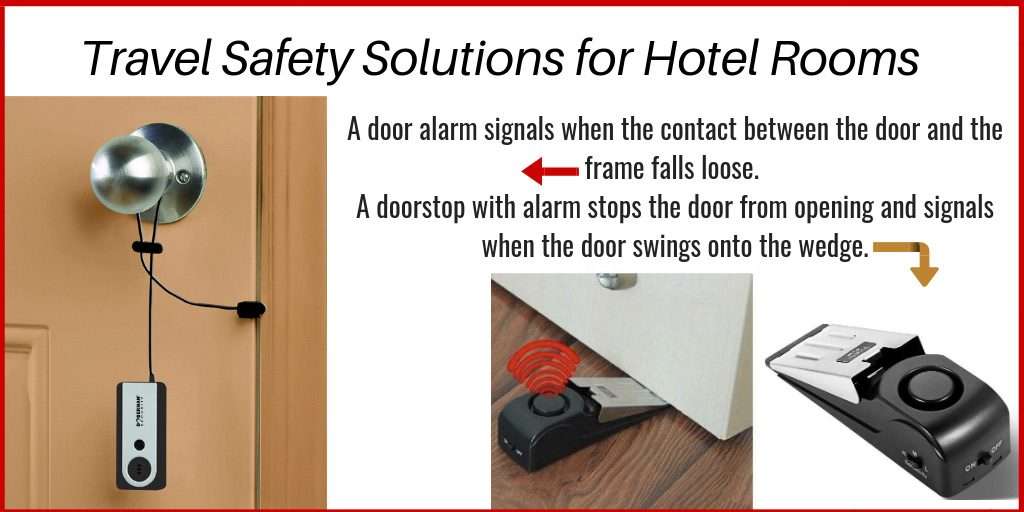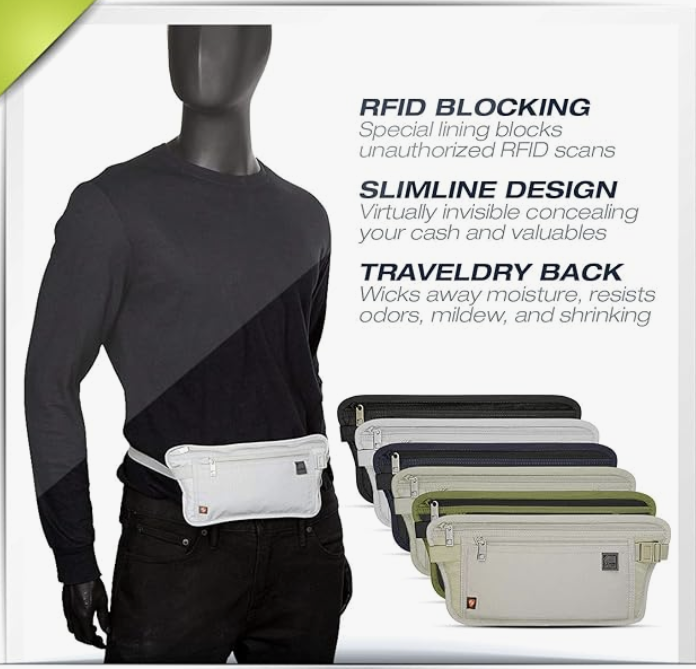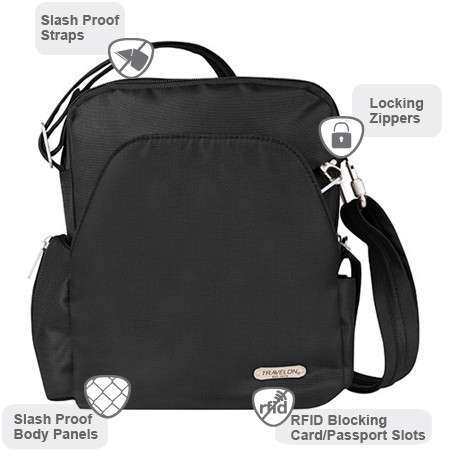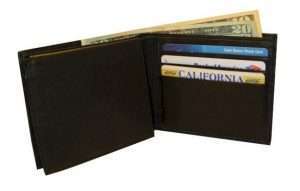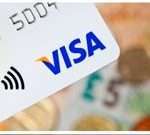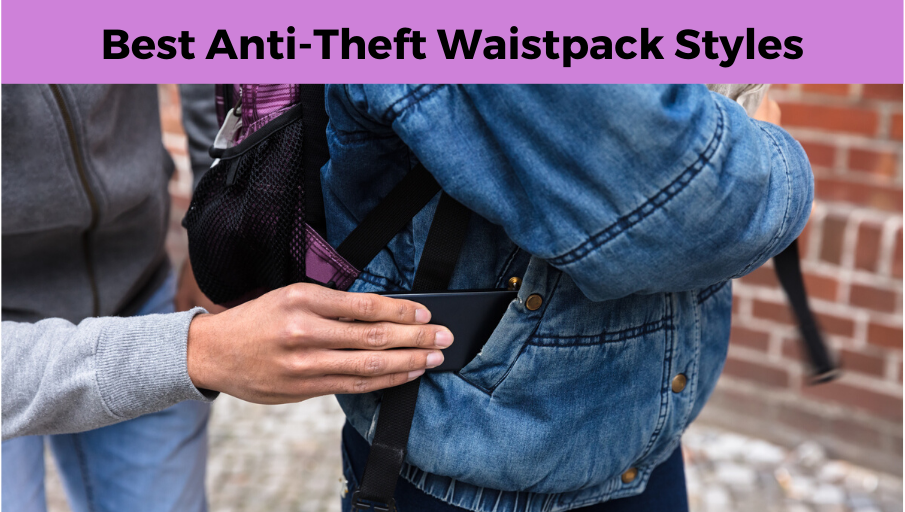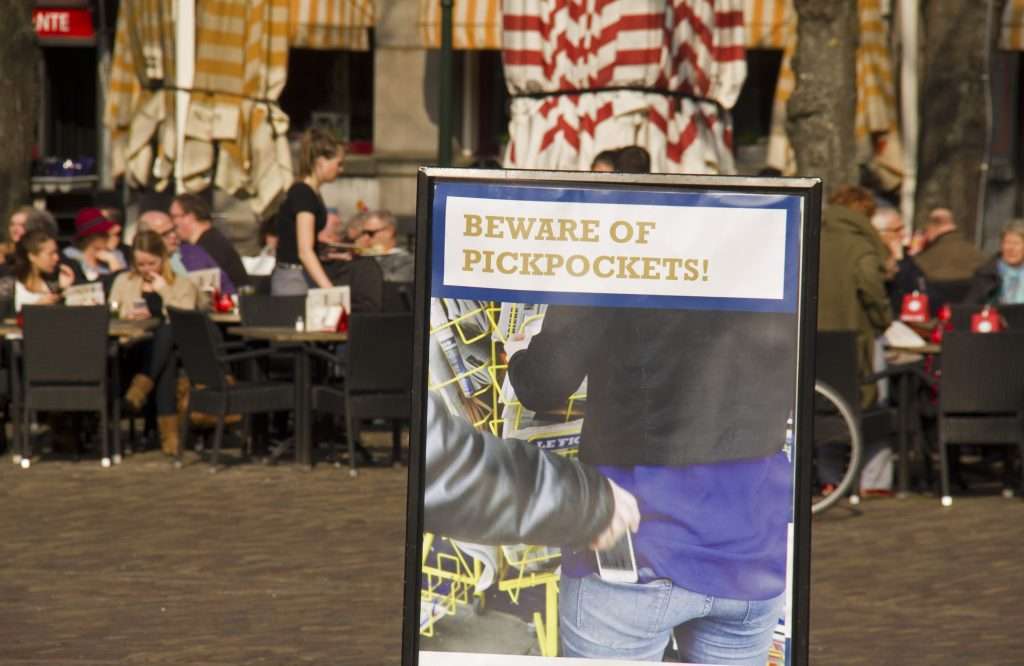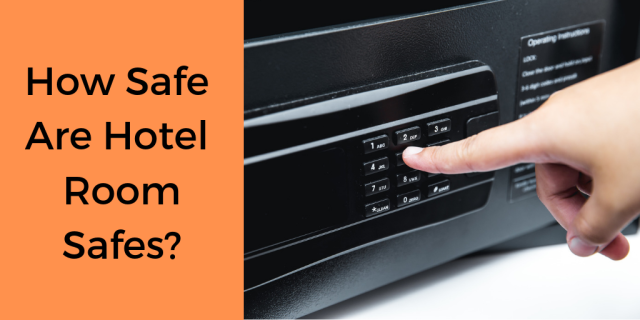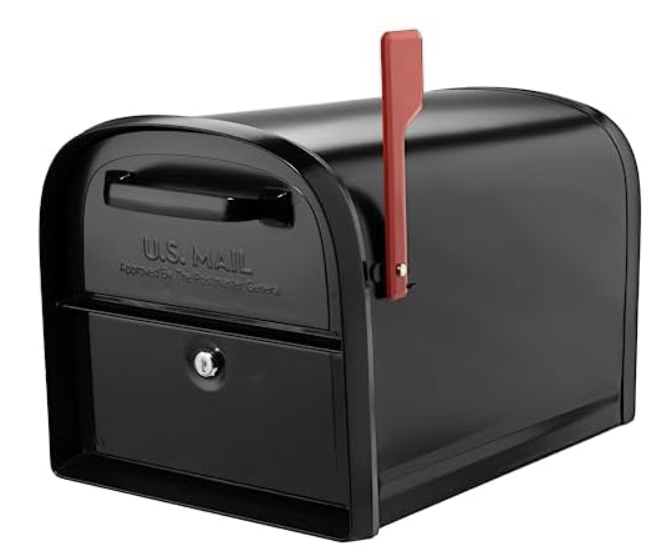Anti-Theft Waist Packs And Hip Packs Protect Your Gear
Question#1. Is your current waist pack an anti-theft waist pack? Would it stop a skilled thief?
Question #2 While out enjoying the sights, using public transportation, shopping, or dining, where do you carry your wallet, passport, money, credit cards, phone, and other valuables? Using a regular waist pack or purse or bag can easily give you a false sense of security, no matter how close to your body you carry them. Upgrade your travel security gear, use an anti-theft waist pack or anti-theft waist wallet, and enjoy being hands-free too. If you want something larger to secure more items, consider an anti-theft cross-body bag or purse for peace of mind.
Anti-Theft Waist Packs Offer Hidden Protection
A security waist pack, or anti-theft fanny pack, looks like a regular waist pack from the outside, but it’s the built-in security features that protect your valuables.
Best Fanny Packs and Waist Wallets for Travel
Pacsafe Coversafe X100 Anti-Theft RFID Blocking Waist Wallet,
- Discreet, soft, and secure, waist wallet with RFID blocking technology to protect ID, credit cards, and passport from hacking scanning
- Adjustable wire-reinforced slashguard waist strap fastens with a hidden buckle to help prevent theft.
- Size (H x W x D): 5.3 x 10.2 x .25 in Strap Length 29 to 45 inches
- Pockets: 1 interior slip
Zero Grid Money Belt w/RFID Blocking – Concealed Travel Wallet
- Built-in RFID Blocking safeguards your passport, credit cards, and personal information inside the wallet belt against identity theft.
- EXCLUSIVE $300 TRIP ASSURANCE: In the event that items are stolen from this travel security belt.
- Constructed from ultra-lightweight, water-resistant 210D Ripstop Nylon, it has a breathable, moisture-wicking backing and is adjustable, fitting waists up to 40 inches.
- Two zippered security compartments. Carabiner clip secures keys
BONUS GIFT – 7 RFID Blocking Sleeves (6 Credit Card & 1 Passport) – For use ONLY when your passport or credit cards aren’t inside the money belt.
Vantamo Money Belt For Travel Hidden, RFID Protected Waist Wallet, Fits Passport & Phone
- 2 premium security buckles and a unique double-waist-strap-system with 5 adjustable elastic straps for maximum security during travel or sports
- Mesh fabric on the back helps avoid sweating, made of durable and water-resistant ripstop nylon
- RFID protection, two big zippered front pockets, five inner credit card pockets
- Dimensions 12 x 6 inches
Travelon Anti-Theft Waist Pack with Water Bottle Holder
- Locking compartments, slash-resistant body construction
- RFID blocking organizer compartment
- Adjustable strap accommodates a waist to size 48 inches
- Water bottle holder.
- Dimensions 10 x 7 x 3 inches
Travelon Anti-Theft Travel Waistpack
- Pockets: 2 slip, 2 zip, 1 exterior
- Smart zippers lock closed, RFIDsafe technology inside an interior pocket
- Cut-resistant materials protect your belongings
- Fits a 7″ tablet in a padded sleeve for extra protection
- Dimensions 2.2 x 11 x 6.7
PacSafe High-Security Waist Pack Anti-Theft Hip Pack
- 4 RFID-protected card slots, 1 RFID-protected passport
- Anti-theft features include locking zippers, slash-resistant body panels, and a hidden buckle
- water and stain-resistant material
- Slash-resistant, adjustable strap that locks to a stationary object to prevent a grab-n-go theft
- Dimensions 10.5 X 17 x 2.5 inches, Fits up to 56-inch waist
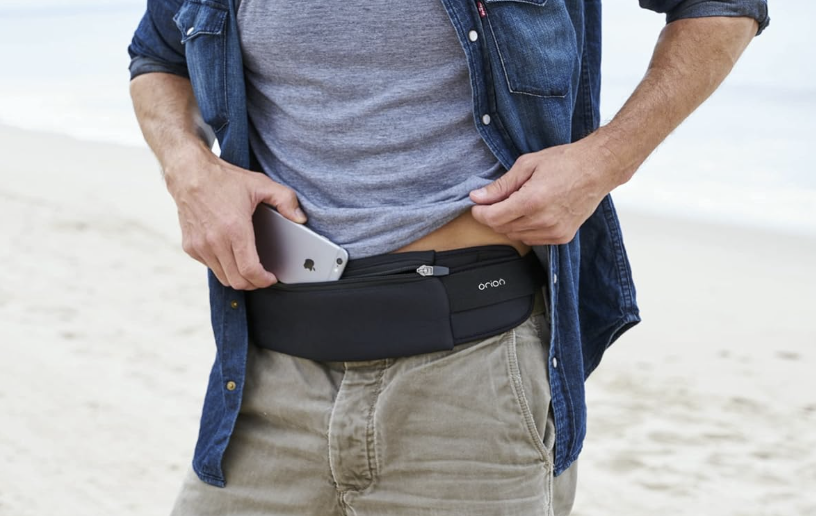
Travel/Running Belt Waist Fanny Pack Carry Phone, Passport, Keys, ID, Money
- Slim design lays flat against the hip area; wear it under or over clothing
- Adjustable elastic strap fits 28″ to 45″
- Perfect for running, walking, traveling, shopping, and amusement parks.
- Compartmentalized main pocket with two small side pockets
- Measures 16 inches by 4 inches with a 9-inch long main pocket
- Made from neoprene fabric
Sling Chest Bag Cross Body Anti Theft Body Travel Bag Daypack
- Large zippered pocket fits tablets. Small zippered pocket for phones, power bank, wallet, etc.
- The shoulder strap length of this chest bag is 30-39 inches, fits smaller and larger people
- Wear this bag as a chest bag for maximum security of possessions
- Water-resistant material. Tucked in zipper pulls act as theft deterrent design
- Anti-degaussing function prevents RFID copying or stealing of information
More About Anti Theft Fanny Belts / Waist Packs
What Makes Anti-Theft Waist Fanny Packs so Special?
Security waist packs protect your valuables in several ways. The following is a breakdown of the most common anti-theft features found in security travel fanny packs and bags.
Non-Cuttable Rear Strap
Street thieves know that tourists carry valuables in their waist packs. The rear strap of a regular waist pack is very vulnerable. Thieves know that the rear strap of a waist pack is usually made of a material that is easy to cut with a pair of scissors, a knife or even a razor blade. It only takes a second to slice the back strap of a regular waist pack and have it fall into waiting hands. To combat cutting, most anti-theft waist packs have flexible steel cables integrated into the rear straps to stop cutting. The steel cables do not affect the comfort of the straps.
This design feature keeps the strap from being sliced by a razor blade or knife from behind. Slicing the back strap of waist packs is common on busy streets, in tourist areas, and on crowded train platforms. The rear strap of the anti-theft waist packs and hip packs are adjustable, just like a regular waist pack, and typically expand from 29 inches to 42 inches, some go up to 50 inches.
Zipper Security Technology Protects the Main Compartment of a Waistpack
Anti-theft waist packs have zipper pulls that lock and latch down. A skilled thief can quickly open a regular zipper on your bag without you noticing it. A moment of distraction and your valuables are gone. Anti-theft hip packs must have zipper pulls that lockdown and that require two hands to open them, that way you keep unwanted hands out of your gear.
Waist Strap Buckle Security
A good anti-theft hip pack will incorporate a hidden buckle feature that covers or hides the strap buckle; this prevents it from being easily squeezed open by someone else allowing the bag to drop off you and into their waiting hands.
RFID Blocking Technology
Credit cards, passports, and licenses now contain Radio Frequency Identification (RFID) chips that contain your personal data and account information. Stop “electronic pickpockets” from accessing your personal identity information by placing your RFID-enabled cards in RFID-blocking pockets. A quality anti-theft waist pack will offer RFID-blocking protection. Typically, one pocket inside the bag or waist wallet is lined with RFID blocking material to shield your data.
Generally, when carrying your passport, we recommend you leave it in the hotel safe. Taking your passport with you opens you up to accidental loss, theft, or scams. If your lodging doesn’t offer a safe or you don’t trust that your possessions are 100% secure, carry your passport on your person.
Material – Anti Theft Packs Are Available in Various Durable Materials
Waist packs come in many fabrics, some are reinforced so that they are “slice-proof” or “cut-resistant.” This construction prevents a thief from slicing the bottom of your bag, hoping that the contents will fall out into his waiting arms.
1. Ballistic Nylon
Initially developed for use in bulletproof vests, genuine ballistic nylon is one of the toughest fabrics in the world. The number 1050 “denier” refers to the weight of the fiber that goes into making a fabric. 1050 Denier is a heavier fabric that is strong and abrasion-resistant. This is a more rugged-looking material.
2. Feather-Weight Nylon
Sturdy yet lightweight is the best combination of fabric features when it comes to wearing an anti-theft waist pack or hip pack. These new designs are made with the latest fabric technology to be lightweight and easy care.
Under-Clothing Styles Waist Wallets
Underclothing styles are really larger money belts. These styles offer discreet protection of your valuables with built-in anti-theft features. They are designed to hold just your passport, money, a few cards and maybe your phone. They can be noticeable under your shirt when fully loaded. If you’re comfortable lifting your shirt a bit to access the waist pack then look for this style as having your shirt hanging over it provides additional protection.
Waist Pack Sizes
Waist packs or hip packs come in various sizes; some can be converted to fit onto your own belt, and a few can be worn in other ways, making them versatile travel bags, not just waist bags. A current trend is to wear the larger bags bandoleer style with the pouch in front. Some travelers prefer to carry their valuables on their body so an anti-theft waist wallet worn next to your skin and under your shirt is ideal for them. So what size is right for you? Think about what you will want to carry for the day and shop for your waist pack accordingly.
Money belts now seem to be a standard element of a traveler’s accessories. They are more secure than a regular, backpack, purse, or hip pack. One suggestion is that you keep yours with your toiletry kit so you don’t forget to pack it. As a side note, I keep my toiletry bag, money belt, extra phone charger, and luggage locks all together so I don’t forget any of them while packing.
Fanny belts and anti-theft waist packs are fashion-forward again, they no longer scream American tourist. One reason is that most are designed to be flatter against your body and smaller in overall size. Why? Nowadays, we no longer carry big video cameras, regular cameras, or guidebooks in our hip packs or waist packs. Our small and lightweight phones serve as both our video and a regular camera, GPS, and guidebook. Additionally, the benefit of being hands-free or having a secure place to keep your phone when not in use is appealing and smart.
Scams You Can Foil with a Security Travel Hip-Pack
Here is a couple of theft modus operandi. You may even know someone who has fallen victim to one of them.
Cardboard Children Scam
First off, a disclaimer. The term gypsy used is made in reference to a specific segment of the Roma population who support themselves through various organized criminal activities and who call themselves Gypsies. The majority of Romany people are not criminals.
While not restricted to Europe, the “cardboard children” can be seen unabashedly choosing their victims, confronting them and making off with their valuables. This is how they operate. Roving bands of usually 6 to 10 children of various ages, confront you while holding a piece of cardboard. Usually, the cardboard has something written on it like “Food Please” or some other sympathetic plea. You are poked by the cardboard being shoved up against you. The purpose of the cardboard is to distract. While the gypsy children swarm you and press the cardboard against your body, they also create a scene by shouting and begging for money or candy. The distraction desensitizes your body to the feel of little hands entering pockets, wallets, purses, unsecured waist packs, or even cutting the strap of a waist pack or purse. The raucous event can take less than 20 seconds. As the pack of children dissipates, you regain your composure until you realize your valuable property is missing.
Train Platform Scam
This scam is frequently reported to take place on train/subway platforms, as well as on subways and buses. The crime almost always occurs when a crowd is present, allowing the thief to get very close behind an unsuspecting traveler. Due to the many people, it does not raise suspicion to be standing so close. When the train pulls up to the platform, everyone begins to “pulse” towards the opening door. When this occurs, the thief naturally presses up against your backside, unbuckles your unsecured waist pack, or more brazenly cuts the rear strap with scissors or razor blade, allowing the bag to drop or slide off.
This is all quickly accomplished and goes unnoticed by you and fellow passengers caught in the chaos of boarding. A few moments later you go to place your hand on your pack, discovering its disappearance while the train or bus begins to move. A few seconds prior it fell into the hands of the “slight of hand” expert who removed it and most likely placed it in a shopping bag to conceal it. Often, the thief does not stay on the train. Many times he simply turns around and exits the train, leaving you to go on to the next station.
Anti-theft waist packs, waist wallets, and crossbody bags that have security features help keep your valuables secure, give you hands-free freedom, and offer peace of mind for a minimal investment.
More Articles You May Like



